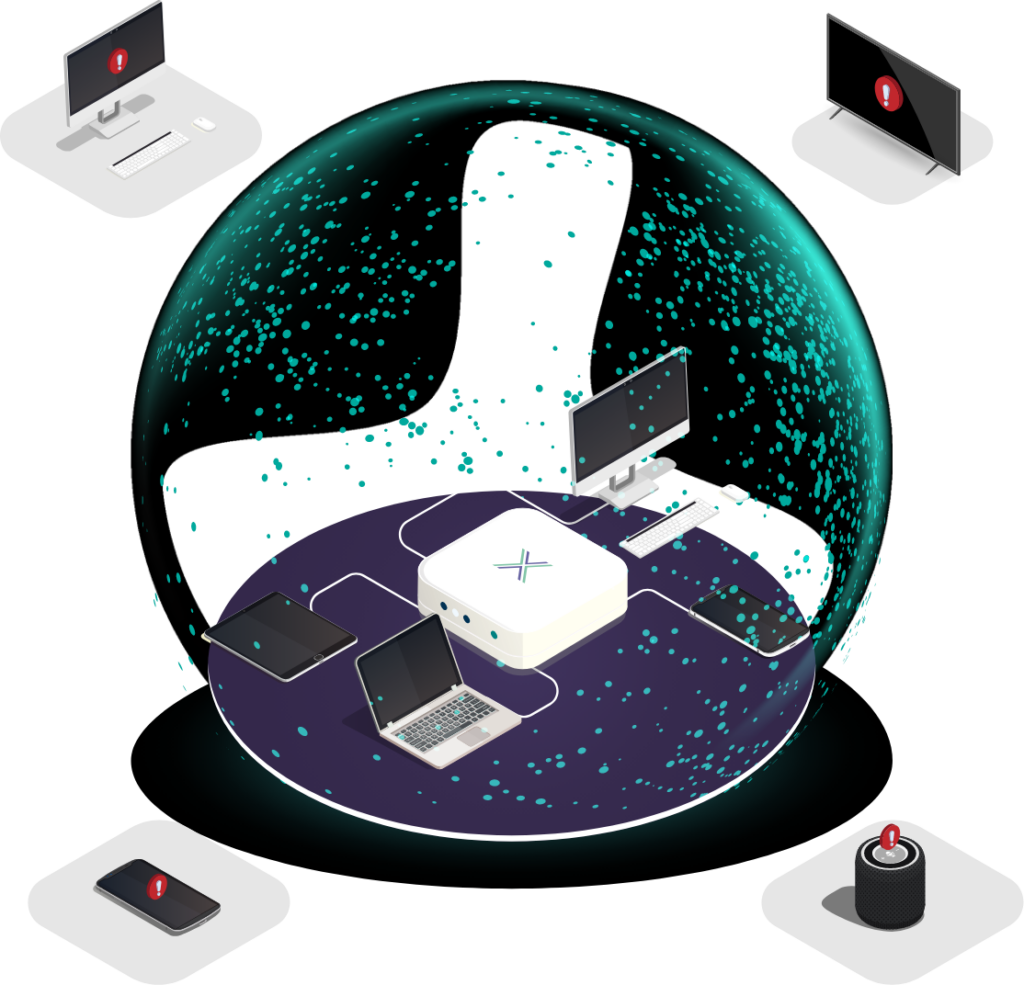Ensuring the security of teams’ home networks is crucial in today’s digital landscape. Firewalls play a pivotal role in safeguarding PCs from potential threats originating from within home networks. However, it’s important to understand that a firewall’s effectiveness depends on its configuration and the nature of the threats it faces. This post will explore how firewalls function as a protective barrier, their limitations against certain threats, and practical steps your team can take to bolster their home network security.
Understanding the Firewall’s Role:
At its core, a firewall acts as a vigilant gatekeeper between PCs and the external network, such as the Internet. It actively monitors and controls both incoming and outgoing network traffic. Doing so plays a vital role in preventing unauthorised access to remote workers’ PCs and can effectively block potentially malicious connections.
Protection Against Internal Threats:
Firewalls also provide a degree of protection against threats that may arise from compromised or infected devices within a home network. They accomplish this by isolating and blocking suspicious or unauthorised network activity originating from these devices. This feature becomes particularly valuable when a device on a home network becomes infected with malware and attempts to propagate or communicate with other devices.
Limitations of Firewalls:
It’s essential to recognise that firewalls primarily focus on controlling network traffic and monitoring connections. While they offer significant benefits, they may only provide comprehensive protection against some threats within a home network. Some threats rely on local device interactions, such as file sharing, or exploit vulnerabilities specific to particular devices or applications. In such cases, additional security measures are necessary to ensure holistic protection.
Best Practices for Enhanced Home Network Security:
To fortify the security of a home network beyond relying solely on firewalls, consider implementing the following best practices:
Strong, Unique Passwords: Utilise robust and unique passwords for all devices and network services. This practice prevents unauthorised access and reduces the risk of credential-based attacks.
Regular Software Updates: Keep all devices and software up to date with the latest security patches. Promptly applying updates ensures that known vulnerabilities are addressed and mitigated.
Wi-Fi Router Encryption: Enable network encryption, such as WPA2, on your Wi-Fi router. Encryption safeguards your network from unauthorised access and ensures data confidentiality.
Disabling Unnecessary Services and Ports: Disable unnecessary network services and ports on your devices. Doing so limits potential avenues for attackers to exploit vulnerabilities.
Malware Scans and Antivirus Software: Regularly scan remote team members’ devices for malware and install reputable antivirus software. These measures provide additional protection against malicious software and unauthorised access attempts.
Safe Downloads and Installations: Team members should exercise caution when downloading and installing applications or files from unknown sources. They should be taught to verify the authenticity and integrity of the source to minimise the risk of malware infections.
Network Segmentation and Guest Networks: Consider segmenting your team’s home networks or asking them to set up a guest network to isolate devices with different security levels. This practice prevents the lateral spread of threats within their network.
While firewalls play a critical role in defending home networks against threats, it’s essential to complement their capabilities with other security measures. By following best practices like using strong passwords, keeping software up to date, enabling encryption, and practising cautious online behaviour, you can significantly enhance the security of your team members’ home networks.
Ultimately, by combining these measures with properly configured firewalls on each PC, you can minimise the potential impact of threats originating from other devices on the networks of remote workers.

